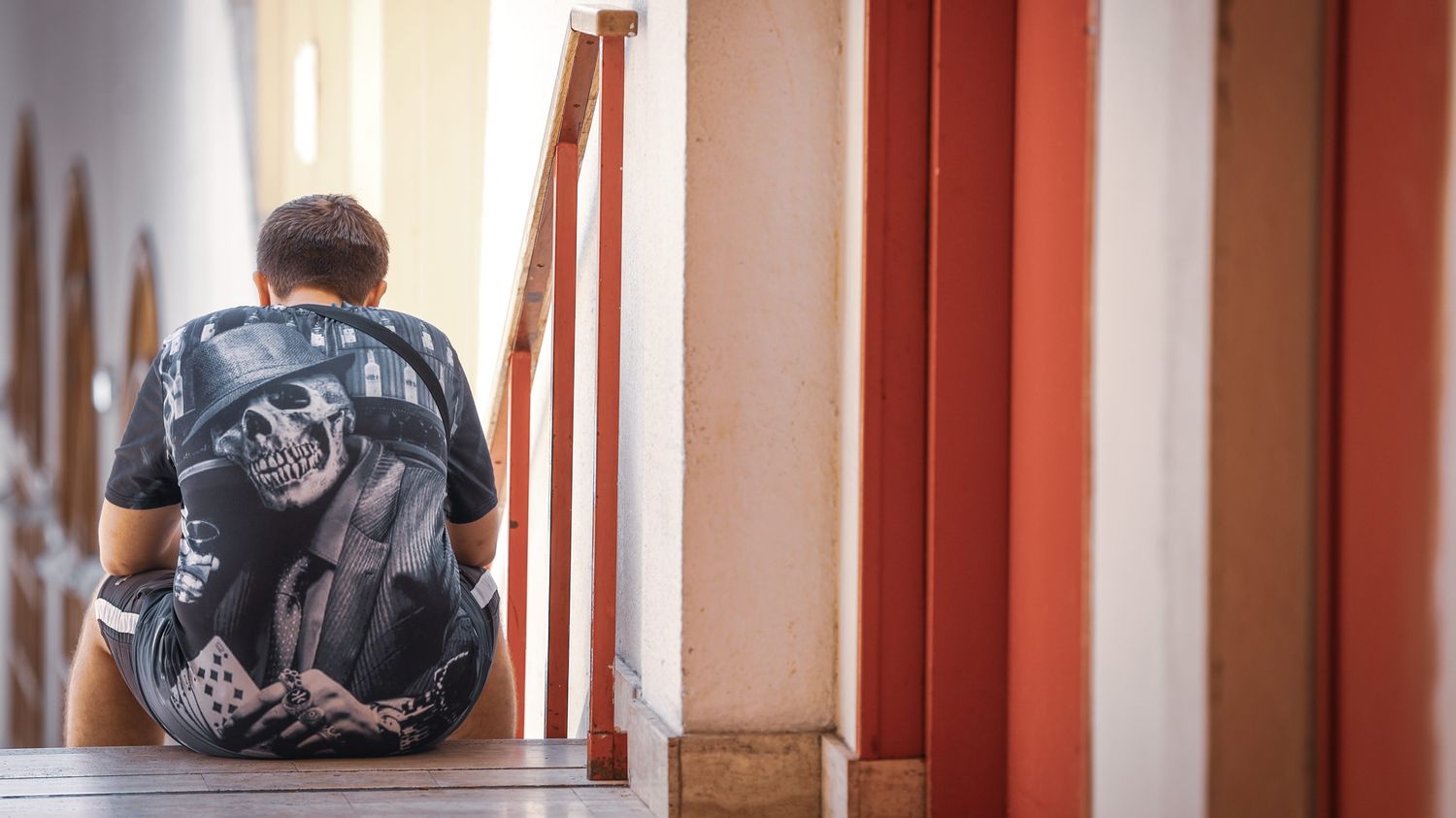With the scourge of school bullying, we are observing an increase in physical violence in Germany, as well as an increase in assumed intolerance in Canada. Our correspondents on site describe the situation.
Published
Reading time: 6 min

Throughout the world, since the pandemic we have seen an increase in school bullying, particularly cyberbullying. In Germany, one in six college students say they are victims of it, according to a study published in January 2024 by a health insurance fund. And in this country, we see a lot of verbal attacks turning into physical violence. Schools are struggling to cope with the situation.
In Canada, another phenomenon is appearing. Very open discriminatory speeches coming from the neighboring country, the United States, influence young people under the guise of “freedom of expression” and cause a further increase in bullying and intimidation.
In Germany, one in five students experiences several humiliating situations every week
According to OECD data collected as part of the latest PISA study for Germany, one in five students aged 15 is exposed to very frequent bullying. By “very common”, the authors are talking about several humiliating situations experienced every week. Only 28% of teenagers surveyed last year say they have never been harassed online. Victims are mostly confronted with insulting messages or false rumors, most often conveyed via WhatsApp or Snapchat.
Furthermore, these virtual attacks lead to very real attacks. Threats or fatal knife attacks have been recorded in schools. A pistol was even stolen from the parents’ safe by a 15-year-old student in November 2023 near Stuttgart.
Only half of schools talk about this problem in class
Scenarios of attacks, copied on Tiktok, feed the country’s news stories. These are attacks from an aggressor, or from a victim who takes revenge for the humiliations suffered, because she is corpulent, because she is trans, because she is the victim of prejudice. racist or religious.
Often those responsible for the fight against discrimination are powerless to stem this phenomenon. According to experts, only half of schools are tackling this problem head on, provoking open discussions in class. Others minimize the phenomenon or blame the victim. The same experts therefore encourage all victims to talk about harassment around them.
In Canada, a real difference in behavior since the pandemic
Canada, although known to be a fairly calm society, is not immune to the increase in school bullying. Since the pandemic, it has been on the rise in schools. According to a study released in January 2024, a quarter of 12-17 year olds in Quebec say they have experienced bullying at school or online.
On the ground, the director of the organization Ensemble pour le respect de la diversity, Rafaël Provost, notes a real difference in behavior since the pandemic, a period when we spent much more time on our phones and therefore on the social networks. “Young people are hypersensitive to what is happening in the world of social mediahe explains. We see it in certain classes. In the schools we go to, there are young people who raise their hands to say ‘I’m racist’, ‘I’m homophobic and that’s freedom of expression’, and that happens to us every week. . As an organization, this worries us. It’s not the majority but it’s a minority that is still quite vocal.” These speeches result in an increase in harassment, which translates into verbal or physical violence in schools.
An intolerance assumed by certain American accounts
Most of these exaggerated speeches come from the United States. With social networks, borders are changing and young Canadians have access to American accounts which can sometimes be problematic, explains Rafaël Provost: “There are anti-LGBTQ+ movements, there is also the anti-abortion movementhe reports. The masculinist movement is taking up a lot of space. We have felt a rise in sexism in schools here. So what happens in the United States happens very often here, not to the same degree, but we feel it.”
To prevent behavior prone to harassment and intimidation, awareness workshops for young people are funded by the governments of Canada, even if organizations would like to do more.
